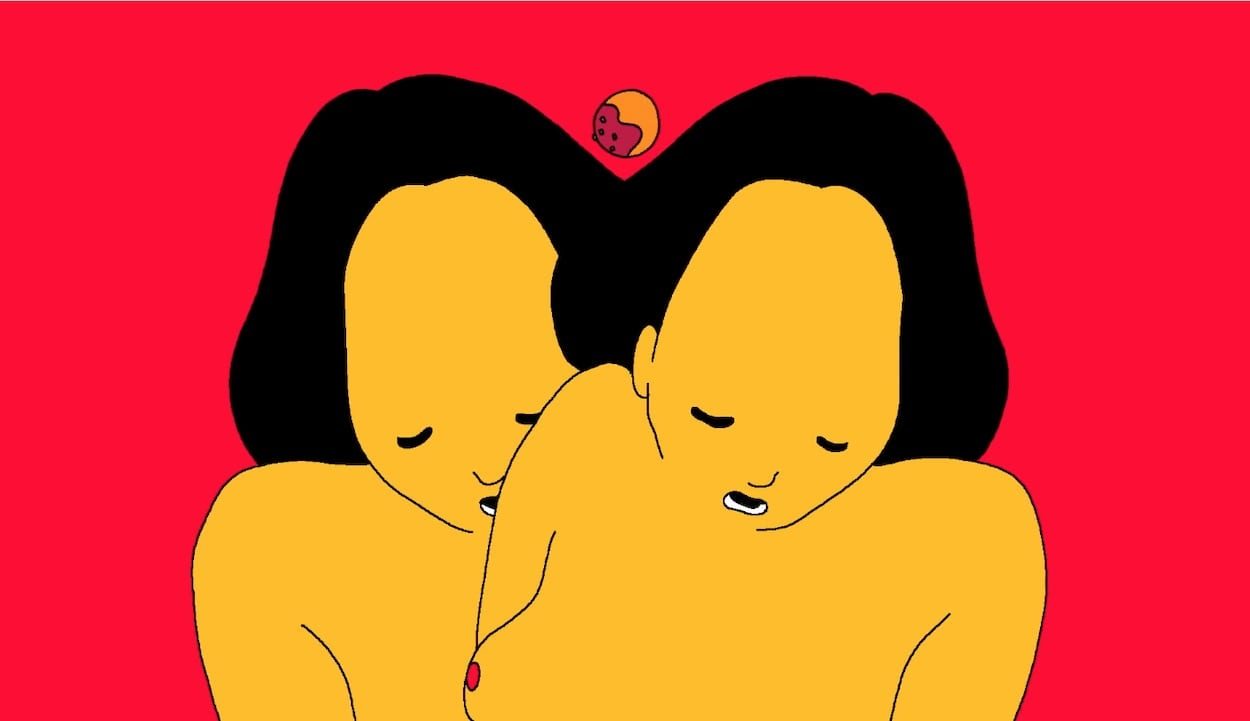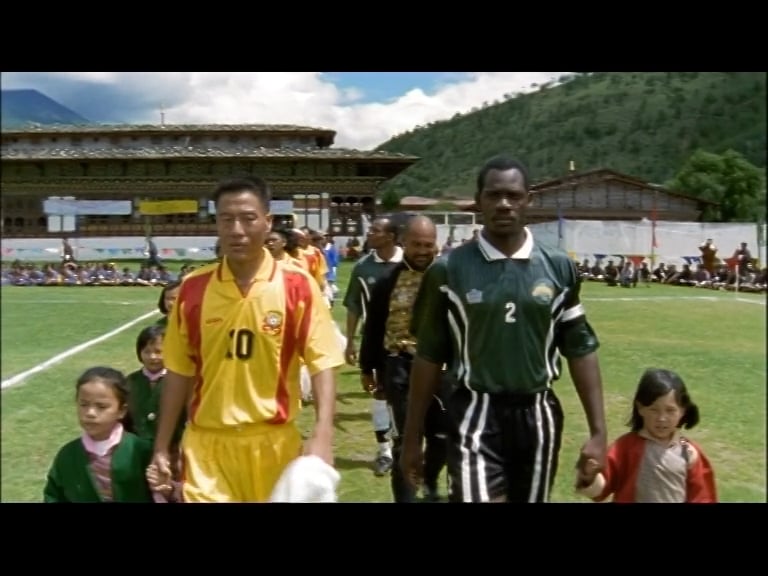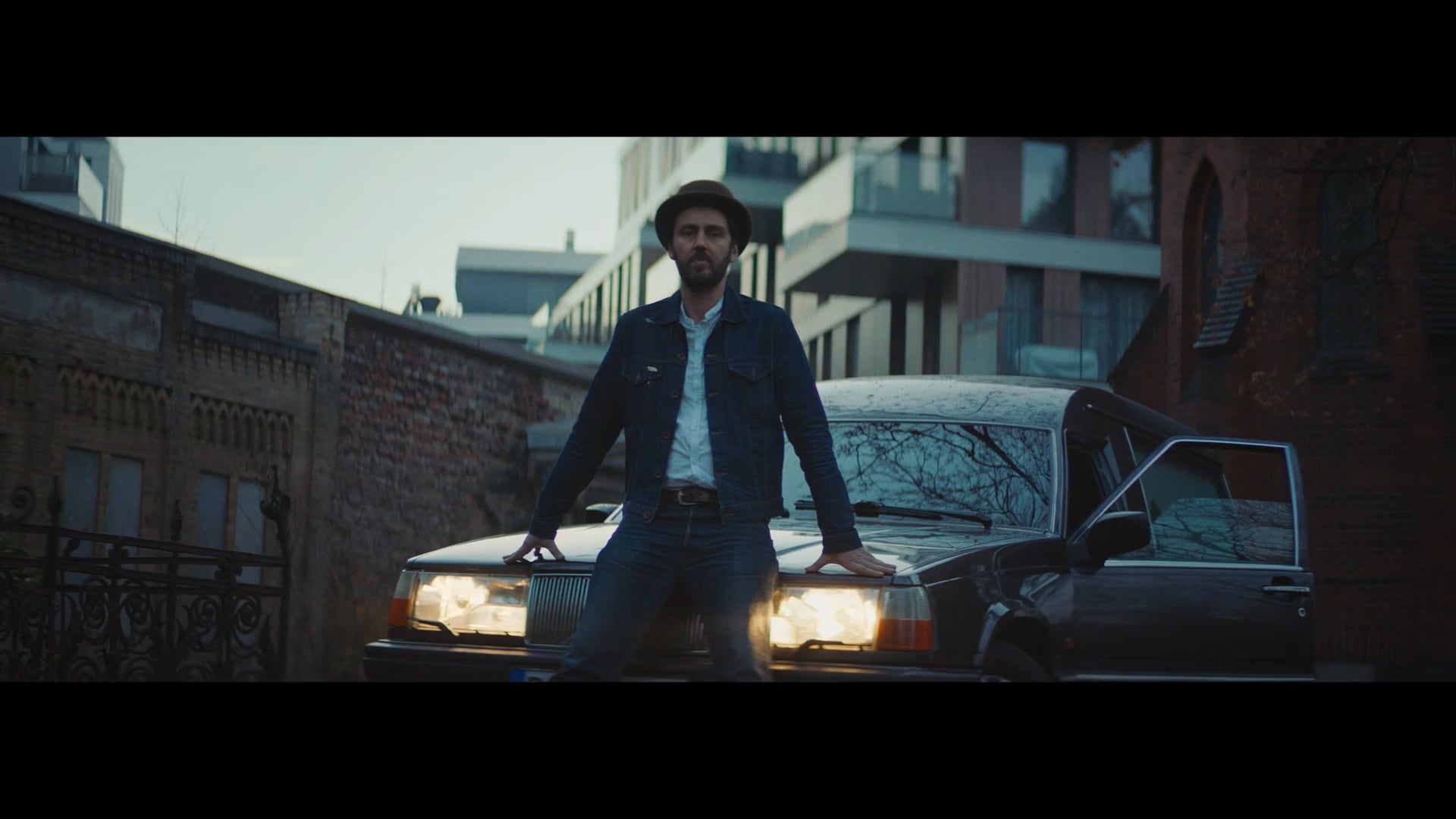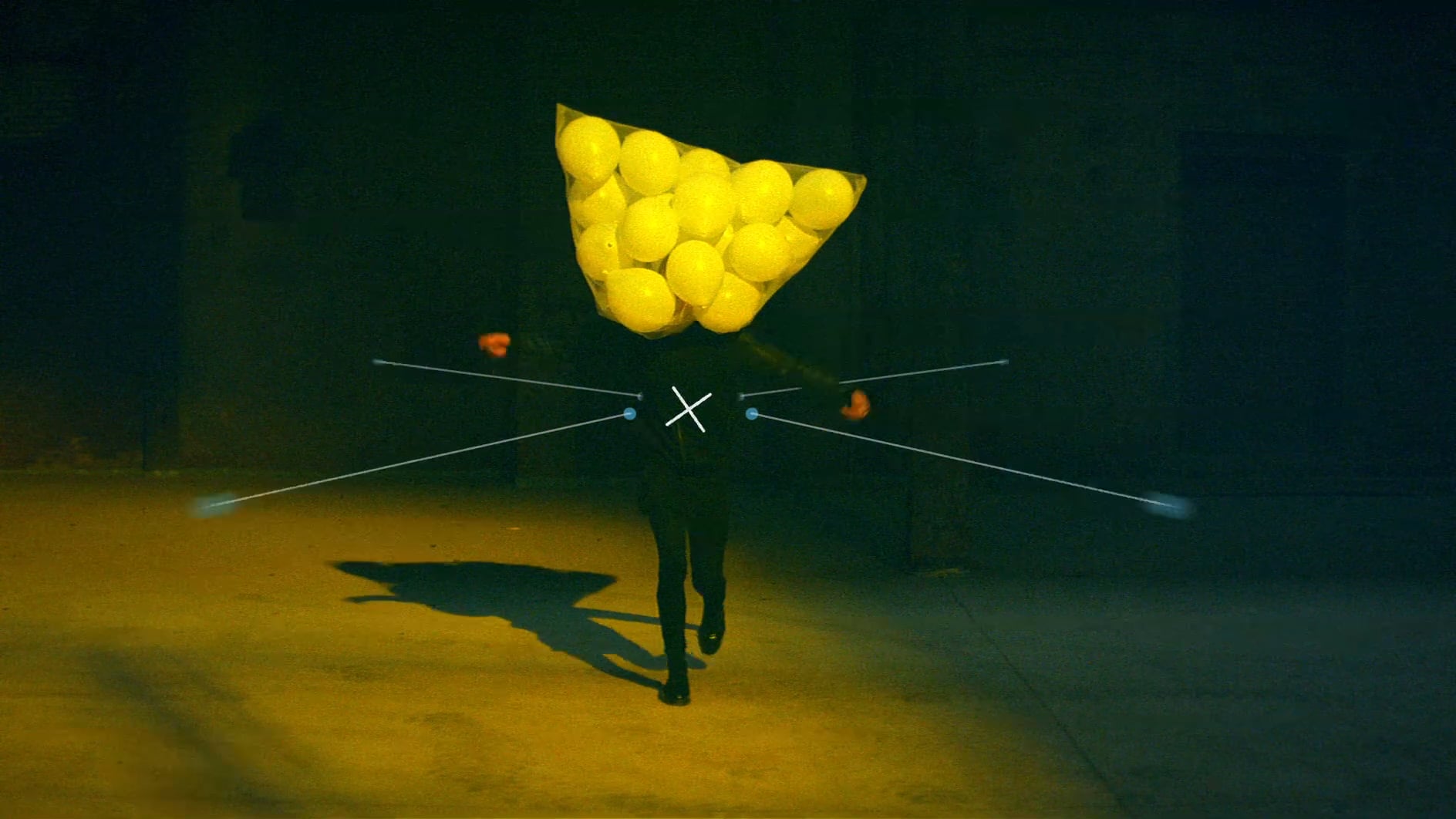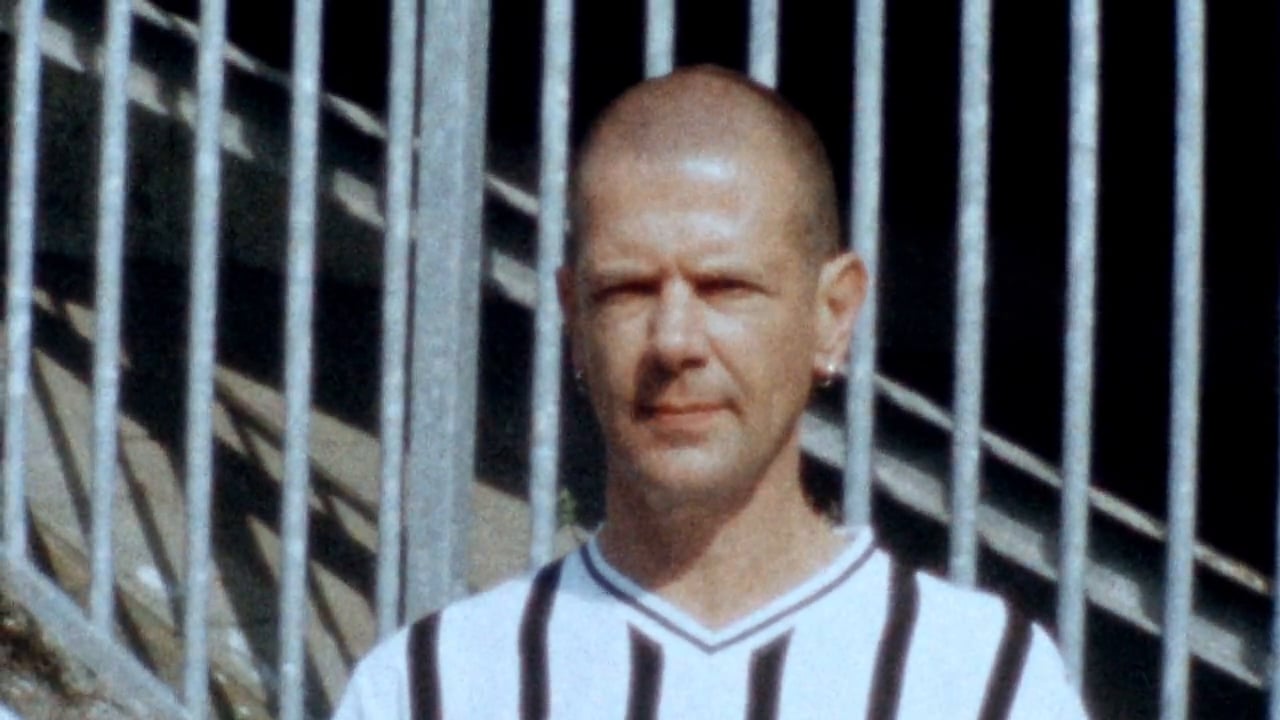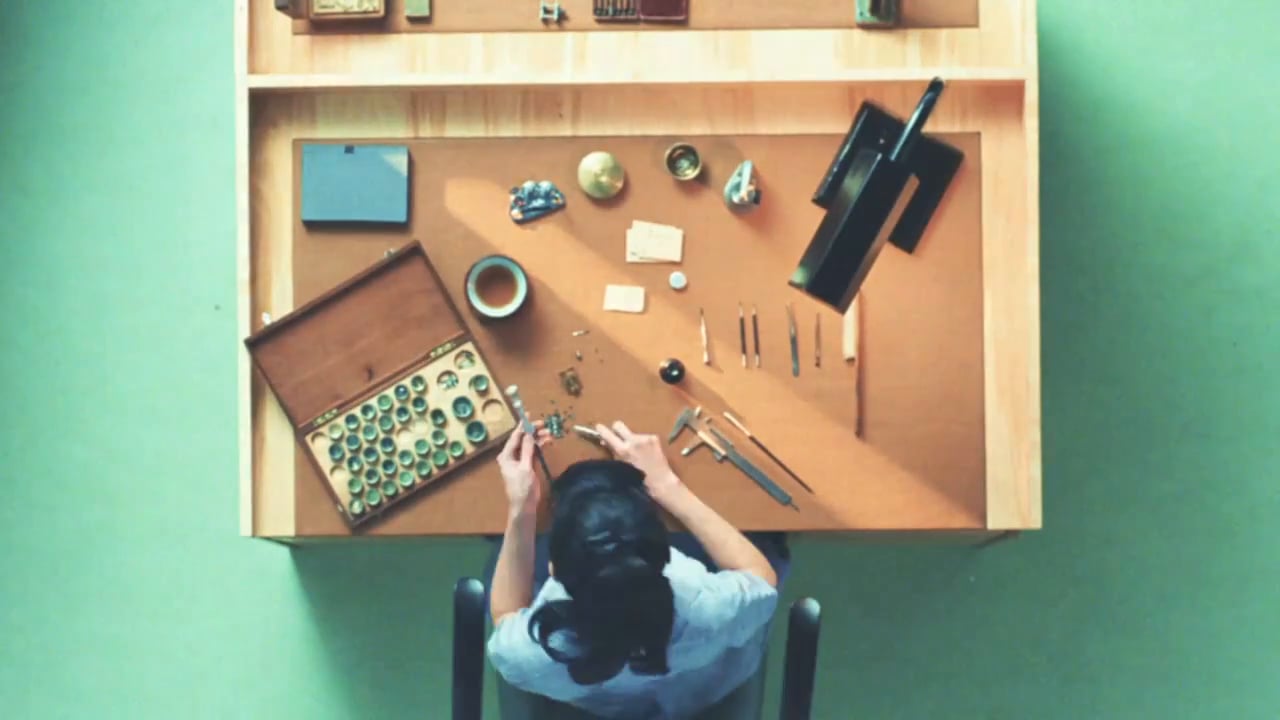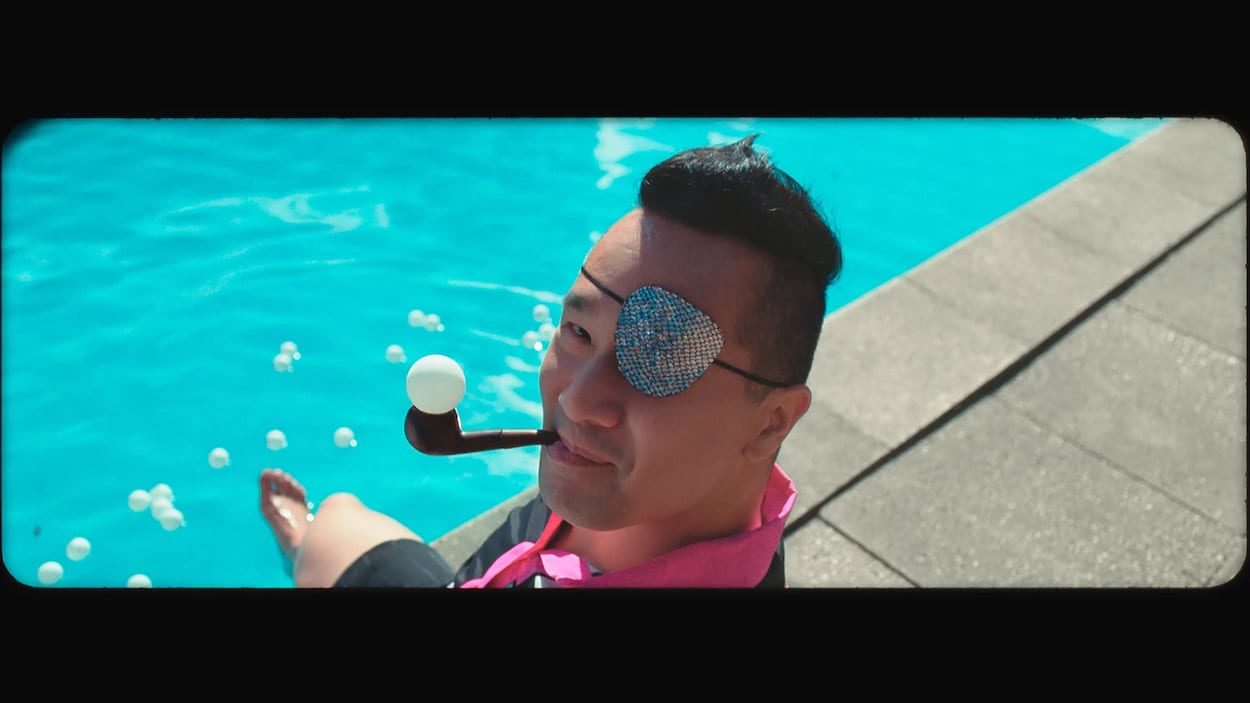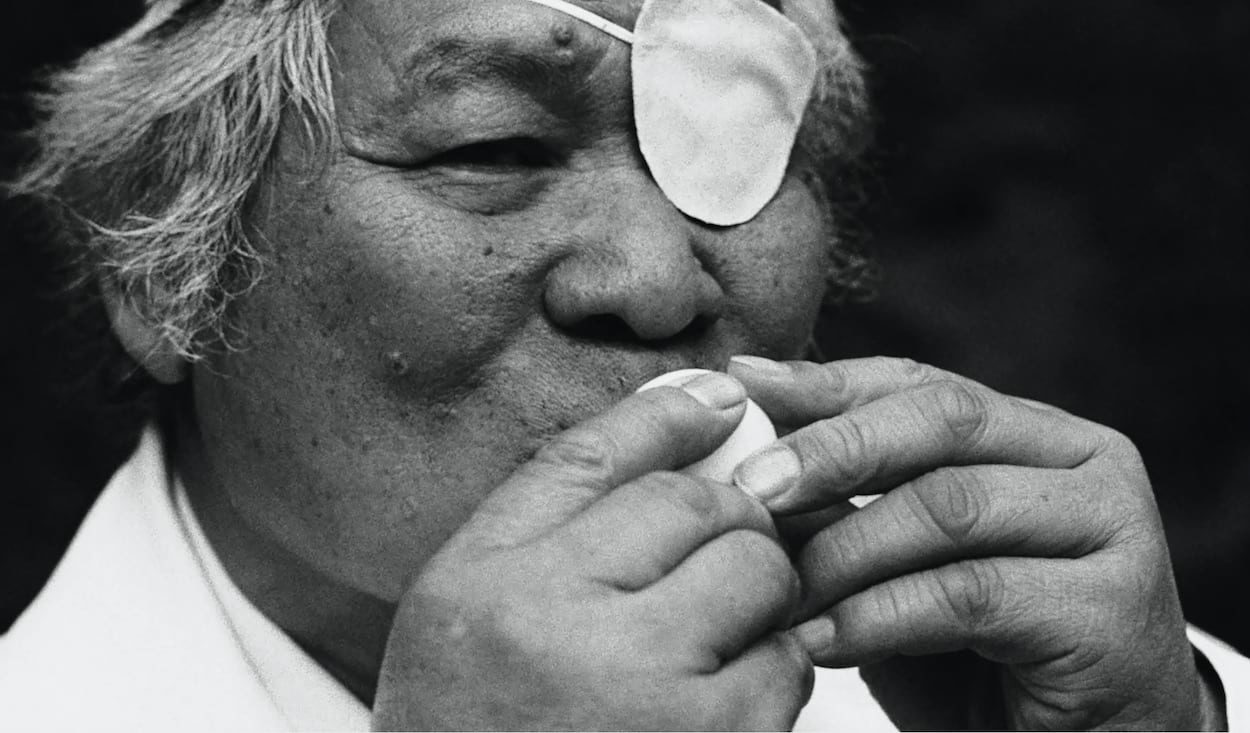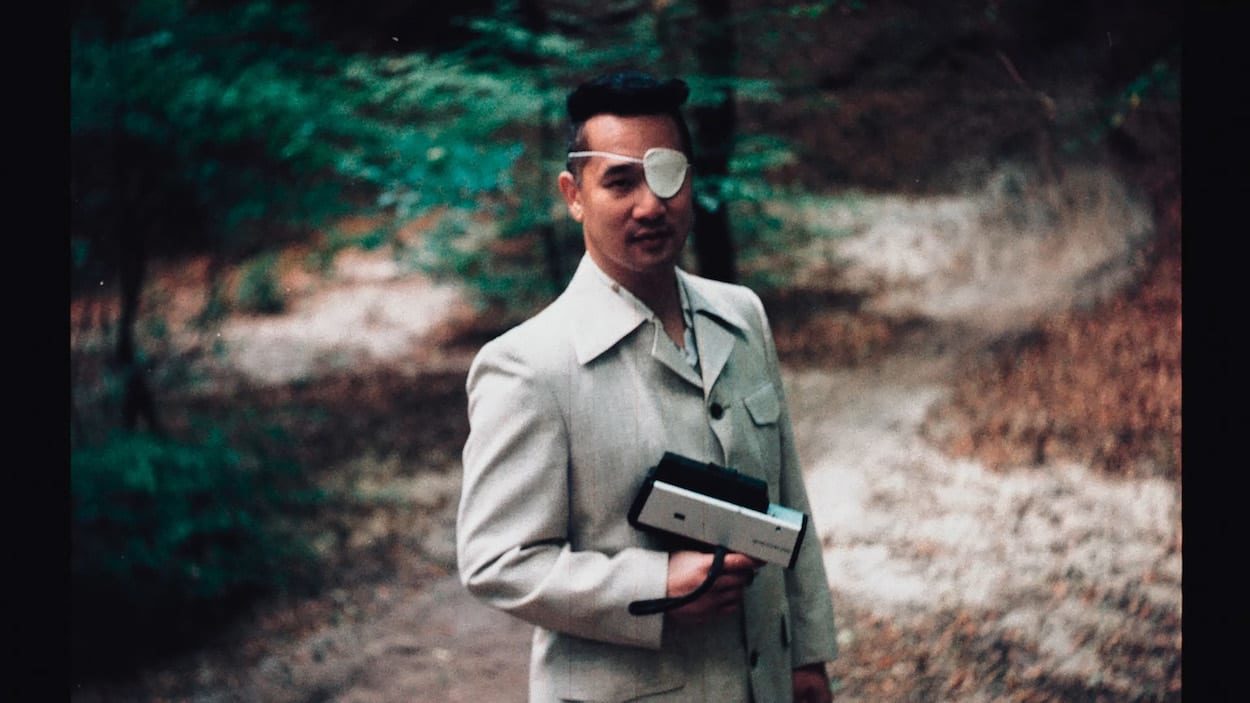What led you to Yan Ho’s work and life story and what was behind your decision to make a film about him?
For some time, I don’t know why, I had a ping pong ball in my jacket and during one of my walks through the forest near my house, I imagined a story about a Chinese photographer obsessed with this tiny white ball. I guess it’s my background as a creative, that I am always busy with inventing stories and I am particularly interested in the fine line between documentary and fiction. The question what’s real and what’s fake is by the way an actual one.
There’s a philosophical nugget behind the narrative – to use an everyday saying “There is a silver lining behind every cloud”. Was this your intention?
Sometimes it takes a whole life to discover that the thing you’re after is right in front of you.
The idea that a camera can save your life is exciting to me. I think there’s a bit of Yan Ho in me, to have the possibility to escape in your own imagination.
In a lot of your short doc films you use experimental techniques – at what stage in the process do you decide on these? Do they simply evolve as you’re shooting or is everything detailed in pre-production?
It really depends on the project. In most cases, I try to be extremely well prepared. Somehow I mostly see the film in my head, long before we start shooting. This time it was a bit different. I consider it as a homage to the wonderful world of analog. That world is full of unexpected surprises. Together with the director of photography Douwe Hennink, I experimented with old film stock, old 8, 16 and 35mm cameras and lots of different lenses. This has resulted in lots of happy accidents. For the photography, I used a Rolleicord, a camera that once belonged to my father.
Why do you often use cast and props which of course make your films way more interesting than linear storytelling?
It helps to take the viewer along on this fantastical journey and accept certain quite absurd and improbable facts. In general, I think a director should always look for the most original way of telling a story, to make it really stand out.
Are you totally involved in the edit and any post or do you leave it to the others?
I try to give the people I work with as much freedom as possible. I consider them all experts in their own field, so it would be crazy not to use their craftsmanship. This film was edited by Kevin Whelan, who loves playing and experimenting with footage.
Why is it so important for you to do your own projects?
I think it is important for a director or anyone working in the creative field to keep developing yourself. When you are working in advertising, you’re often asked to do something you’ve done before. By doing your own projects, you can show you’re able to
do lots of other things.
Besides making films, you’re reknown for making books, photography… anything creative. What’s currently involving most of your time?
These days, I completely focus on filmmaking. I still love to direct commercials and work with creatives on a project. That’s my main focus. In between, I sometimes start my own projects. In the last year, I combined this with a longer project with HALAL: a new football documentary for Dutch television and cinema. This one is about five different goalkeepers. The film will be launched in September. It’s the first one after The Other Final. A documentary that I shot in 2002, which was about a football game between the two lowest ranked teams in the world, played on the same day as the World Cup Final. At that time, I was still creative director in my own agency KesselsKramer and making this film inspired me to start directing fulltime.
Are you simply just good at making films about football or are you obsessed with the game?
A long time ago, during my time at KesselsKramer, I once told a reporter who asked me about my background that – as a joke – I played for Ajax in Amsterdam. Somehow this story still exists online and lots of times, people ask me about it. The truth is that I dreamt my whole childhood of becoming a professional football player. Now, I think I have the second best profession in the world: making films about football and famous football players.
Are you mainly working in The Netherlands or also in different markets?
In the last eight years, I mostly worked in The Netherlands, together with HALAL. This had to do with my family and two daughters growing up and I didn’t want to become a director who spends most of his time in a hotel room. Now, since they are a bit older and the dog is more exciting than dad, it’s time again to look for more international projects and start playing ping pong with creatives all over the world. In Germany, I’ve been with Trigger Happy Productions for a long time and in Japan with Robot Films, but for other markets, I am planning to start talking to a few production companies in the next months for new representation. I am really looking forward to that.
Tell us about your latest project with Heimat in Berlin?
My latest film with them was for Das Handwerk, the German Craft Organisation. Craft is what we – as filmmakers – live for as well. It’s the process of making that gives us so much satisfaction. It was exciting to think about the power of imagination of a craftsman, especially when he’s an undertaker! For me, the job was very challenging: It’s special and unusual to talk about sensitive subjects like death and mourning in a commercial context and to create imagery that brings the beautiful views of this unusual undertaker alive.
What kind of commercials do you prefer?!
I love to do stories. These can be real but also fiction. Mostly, I love to do something I haven’t done before and bring my experience as a previous creative director.
LINKS:
See more of Johan Kramer’s work here
Full Handwerk campaign here
